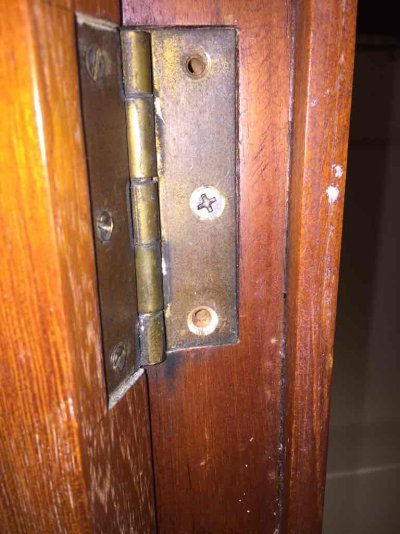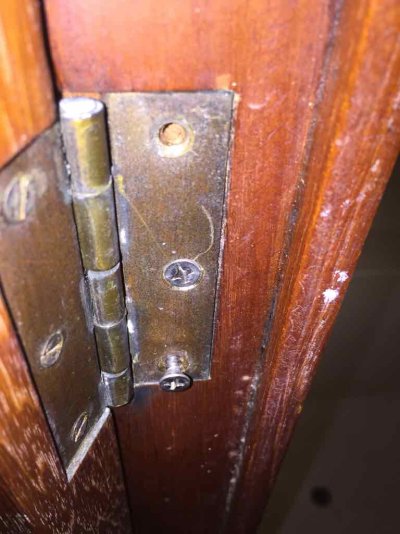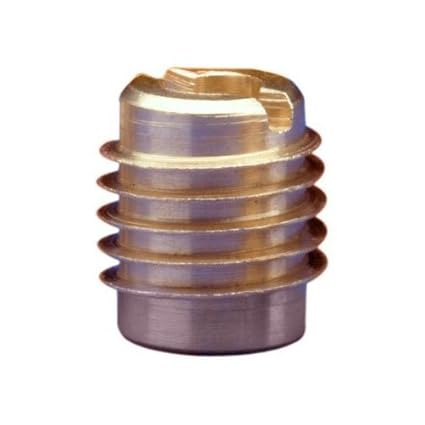I use various methods as appropriate to the appearance, task, and quality of the subject.
1, Waterproof and original appearance: Use epoxy mixed with wood dust. The resulting mix can be soft enough to not shatter with the reinstalled screw.
2, Waterproof and original appearance - and you want it NOW, and you don't care about subsequent removal: Use epoxy and a carved-to-size wood plug; reinstall screw into the newly applied epoxy. Fine for the short fat stubby screws in Perko hatch hinges.
3, Where you don't care much about the size of the screwhead: larger screw, preferably with the same thread pitch. Just the thing when you're getting rid of slotted screws as a matter of ease.
4, Less important, dry situations: Carved-to-size plug (match sticks are seldom the right size), with or without glue, pilot hole, same or same size screw.
5, Where the hole is split out or a complete shattered mess: glued wood plug with the glue forced into the shatter, variously epoxy or wood glue - epoxy is brittle, pilot hole, screw.
6, Furniture or musical instrument work: Neatly bored out, install matching wood bung with matching grain direction, glued in with hot hide glue (! Instrument restorers have the horrors for epoxy or PVA glue, not removable/reversible), pilot hole and the original sized screw. This latter is considered appropriate for organ, and player piano work, where there are airtight windchests and repeated repair and restoration is expected.
Dowels and plugs mean that the grain direction is wrong for screws. You never get the original holding power; you inevitably tear up the new threads when the screw is subsequently removed and replaced.
I seldom change the size of the hole or countersink, and certainly not on plated hardware. I very seldom mix brass or bronze hardware with stainless steel screws - a matter of appearance. I'll polish mill-finish stainless steel screwheads when installing in chrome plated hardware, if I think it worthwhile.
Let the punishment fit the crime.











